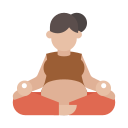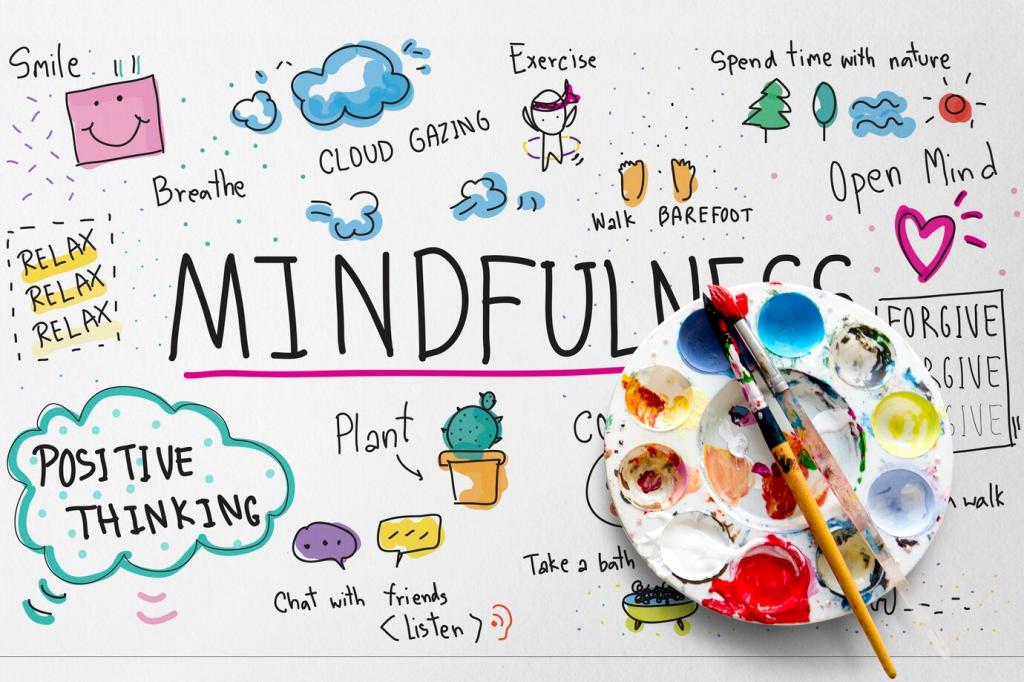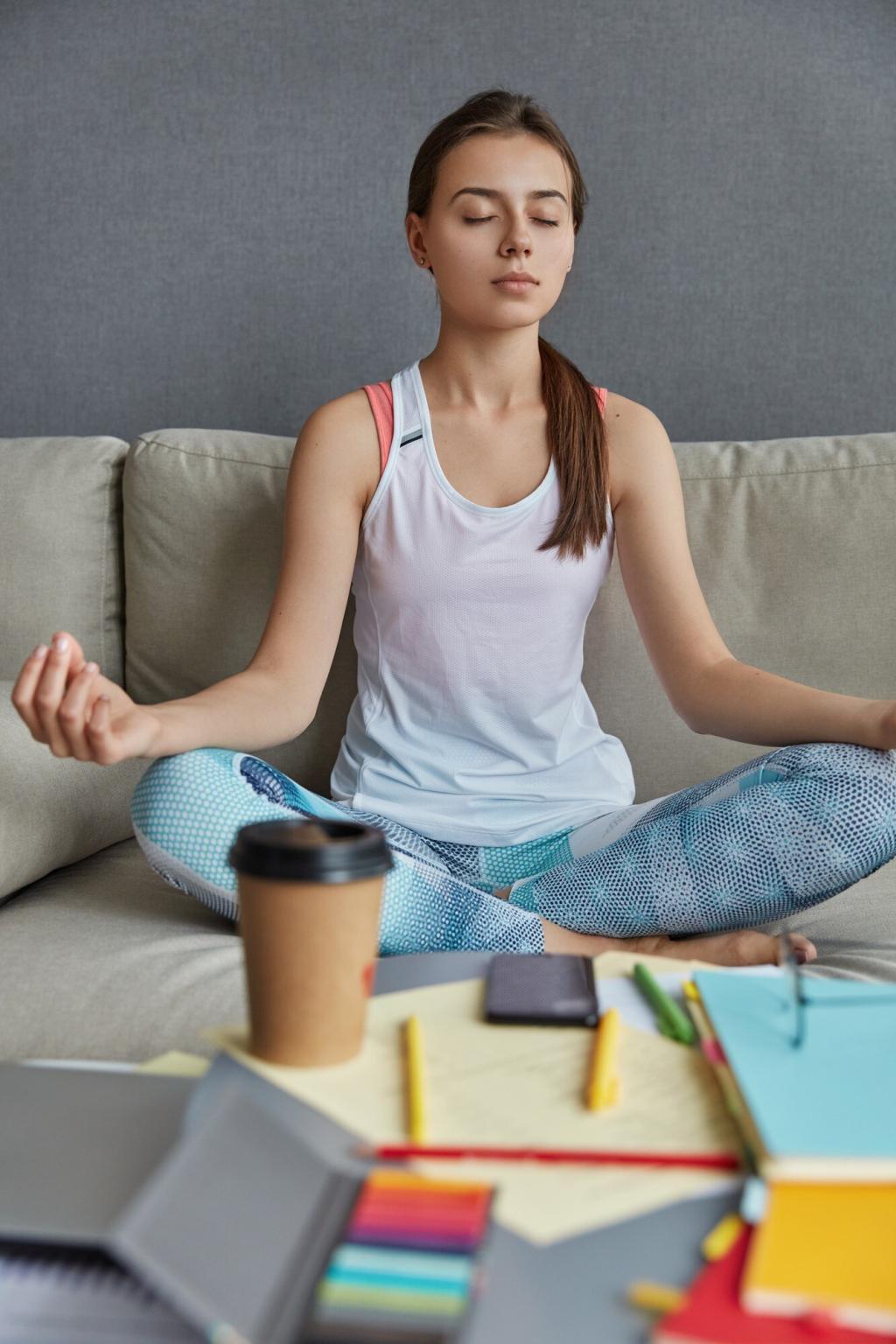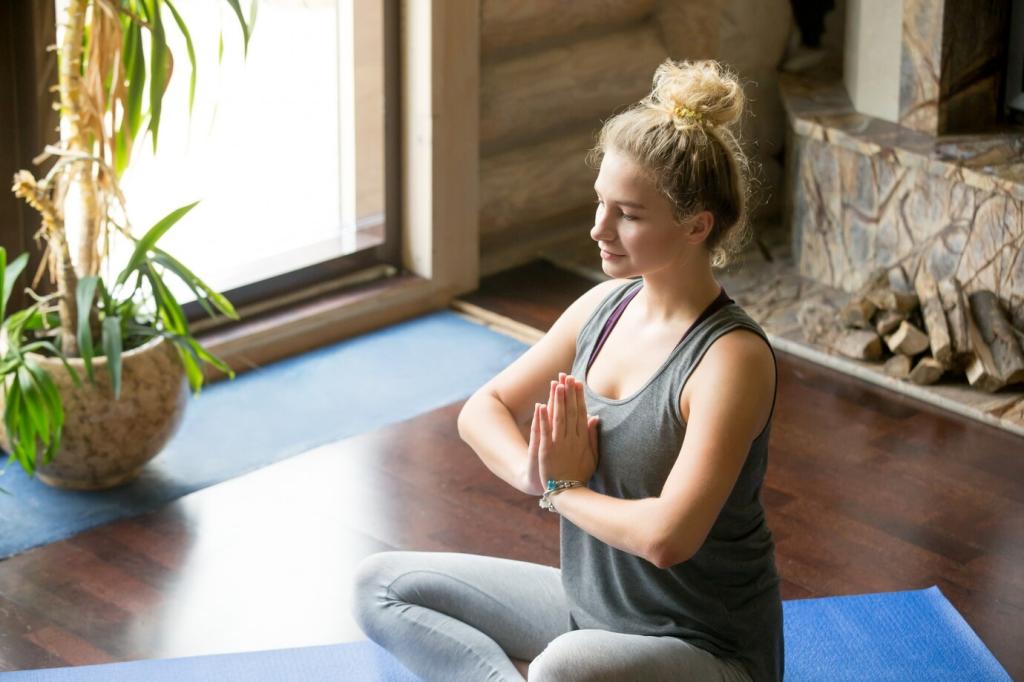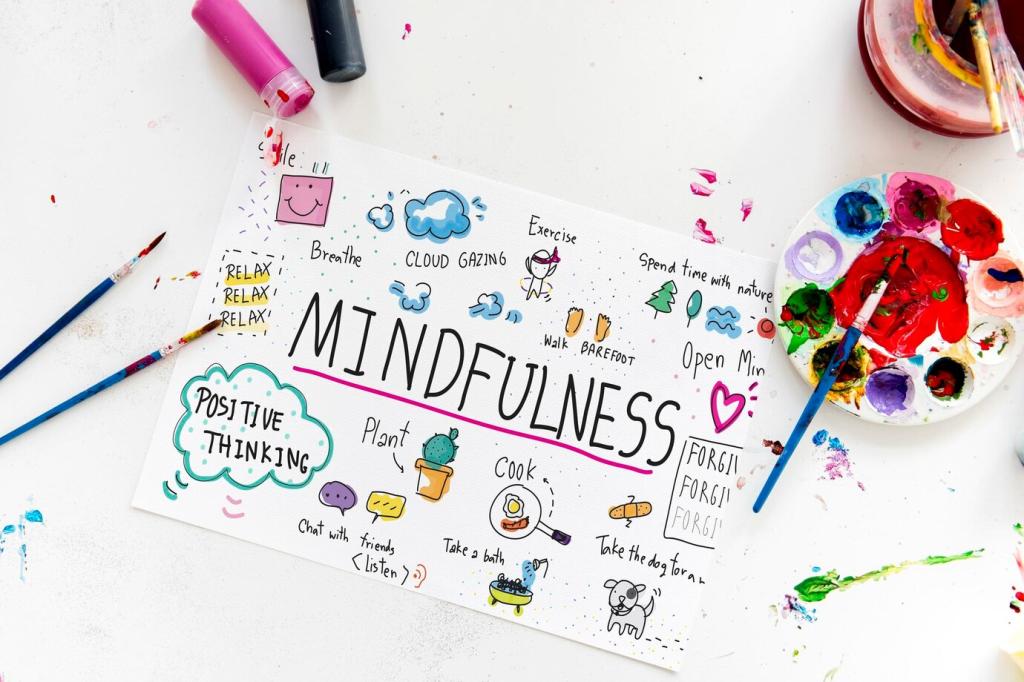Why Guided Meditation Helps You Sleep
Guided meditation encourages slower breathing and gentle attention, nudging the body toward the parasympathetic state where rest happens naturally. As heart rate and muscle tension ease, drifting off becomes less effortful and more like being carried by a tide.
Why Guided Meditation Helps You Sleep
A soothing voice provides a focus point that interrupts spiraling thoughts. Instead of wrestling with worries, you follow instructions that gently redirect attention, giving your mind a quiet job while your body prepares for sleep.
